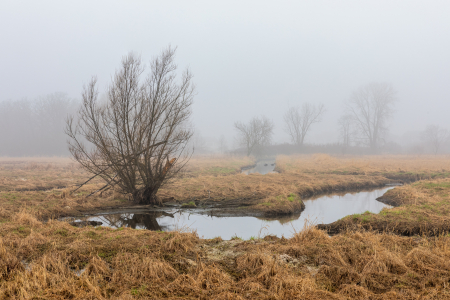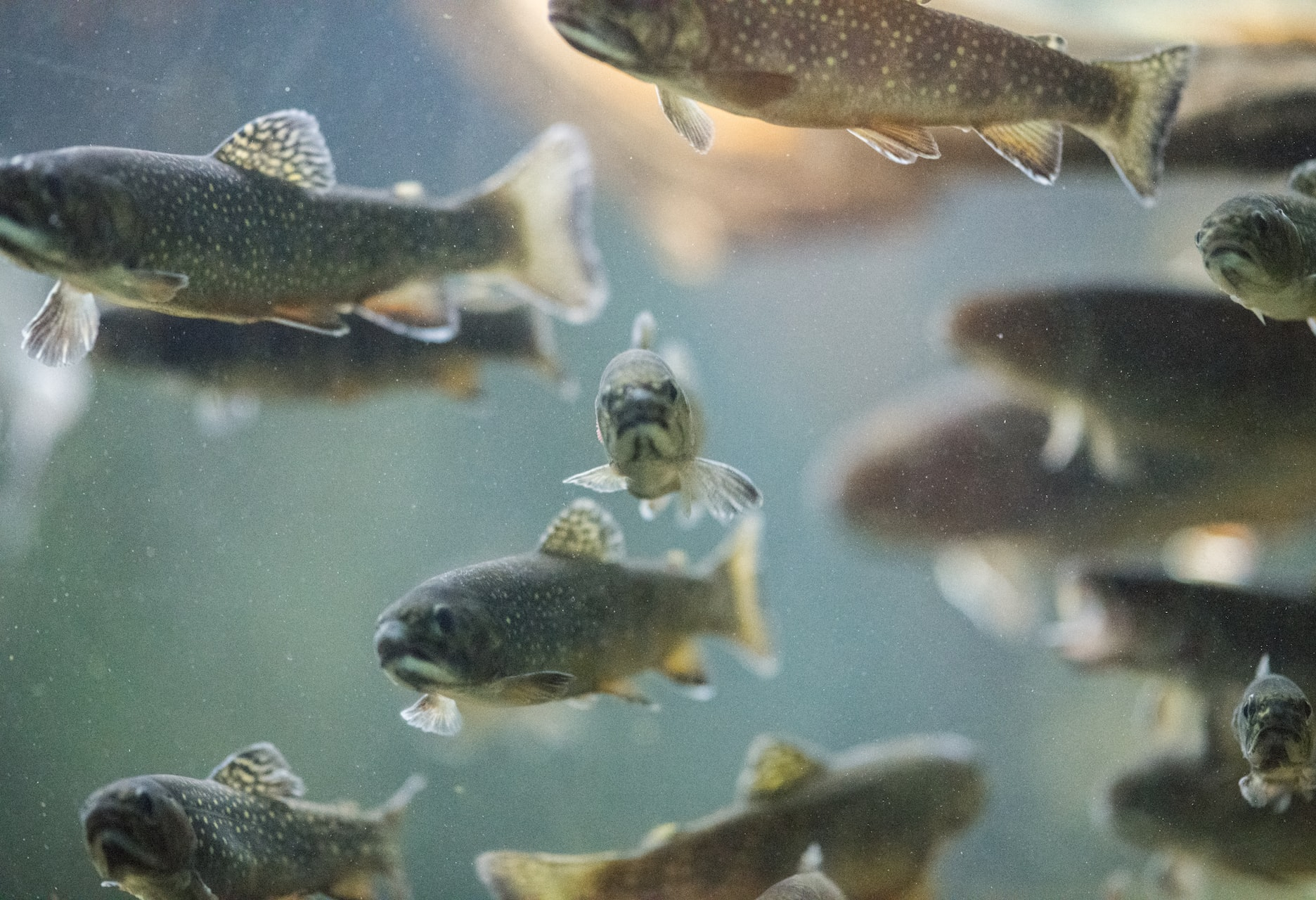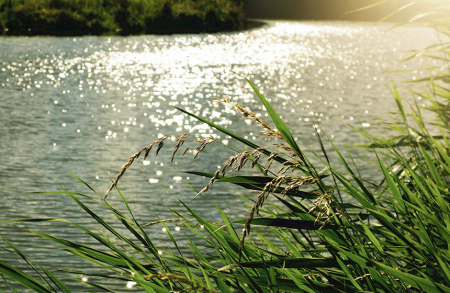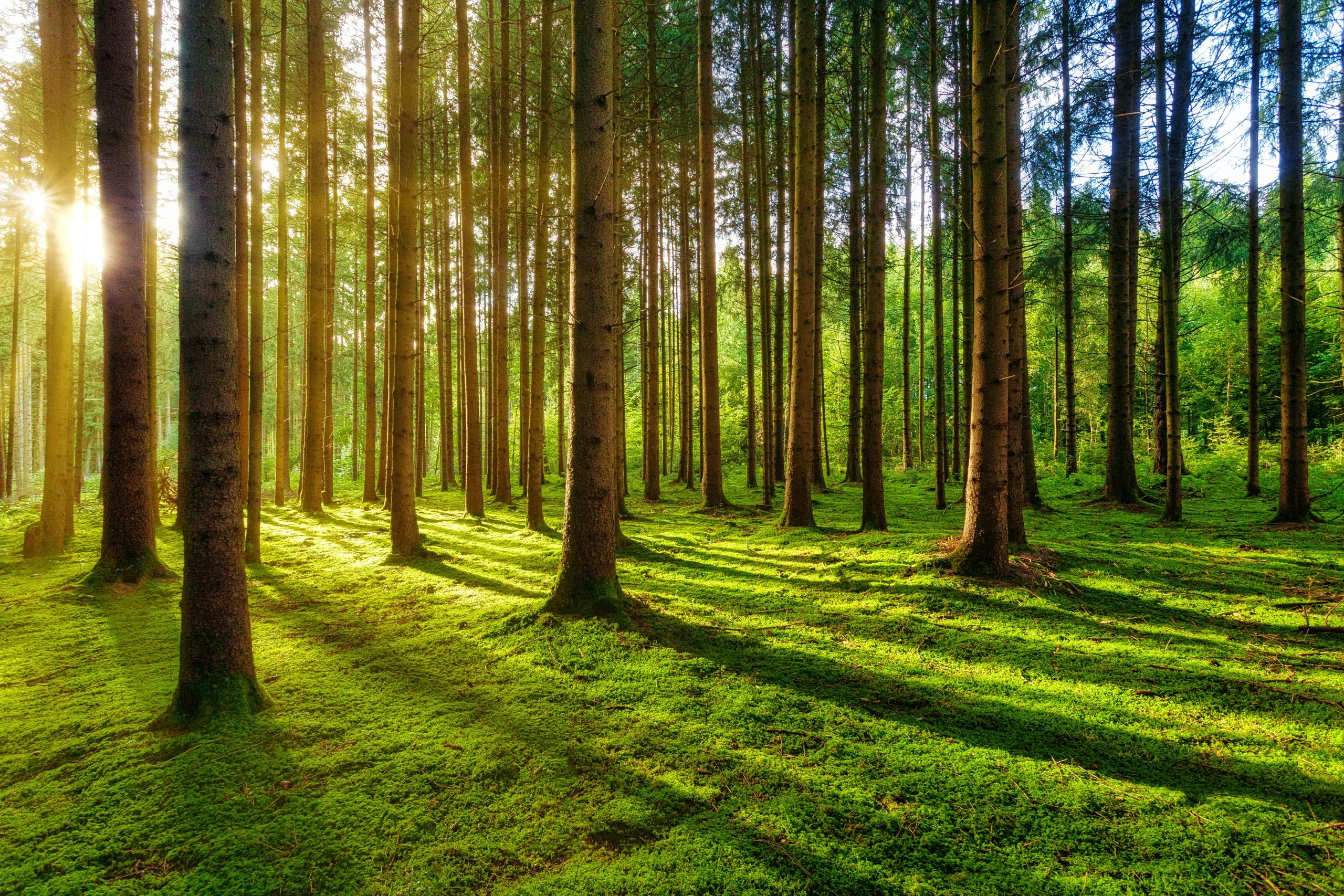Peatland restoration to protect water supplies in the Garron Plateau

Activities to restore the Garron Plateau in Country Antrim, containing the largest area of peat bog in Northern Ireland began in 2010 after 95% of the bog had been degraded. The peatland area of the Garron Plateau feeds into the Dungonnell Reservoir, which supplies water to 12,000 people and is a globally important Ramsar wetland site. However, as the area became almost completely degraded, the quality the water supplied decreased markedly, elevating the costs of water treatment.
In 2010, the Royal Society for the Protection of Birds, Northern Ireland Water and the Northern Ireland Environment Agency worked together to restore the bog through activities such as building thousands of small timber, peat and stone dams to block drains and ditches and negotiating agreements with local farmers to reduce the pressures from livestock grazing. As of 2016, 28% of the site had been restored to a favourable condition, and a further 27% was considered to be in a recovering condition, while the rest was still deemed degraded and in unfavourable condition, according to project reports.
Restoration efforts are continuing and the initiative has an objective of having the entirety of the site returned to a favourable condition by 2045. The predicted value of the total benefits of the project is estimated to be £37 million by 2045, with the most value attributable to increased climate mitigation capacity complemented by increased quality water provisioning and ecological resilience of the area.
Read more about the restoration in the full case study in our global online platform.




